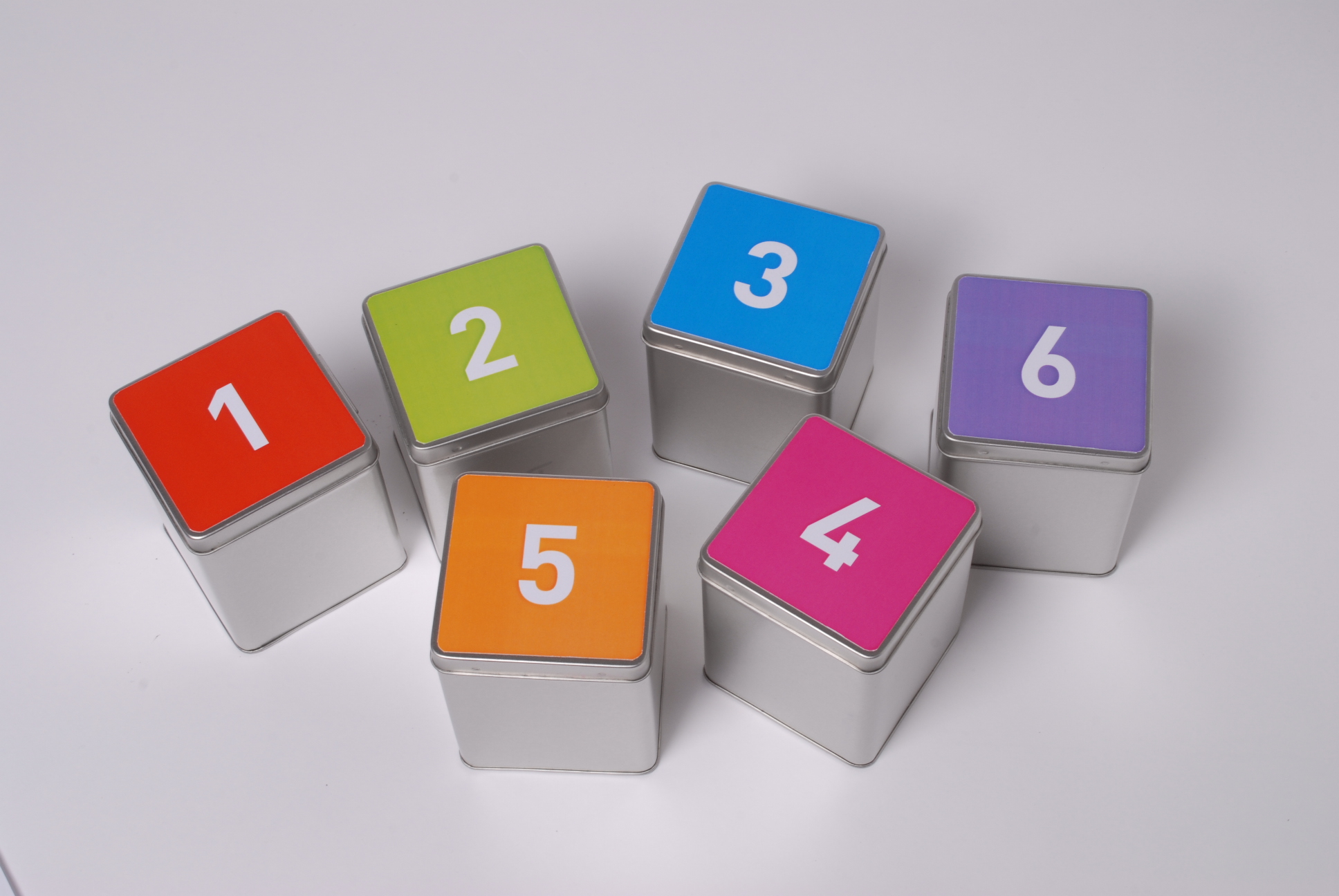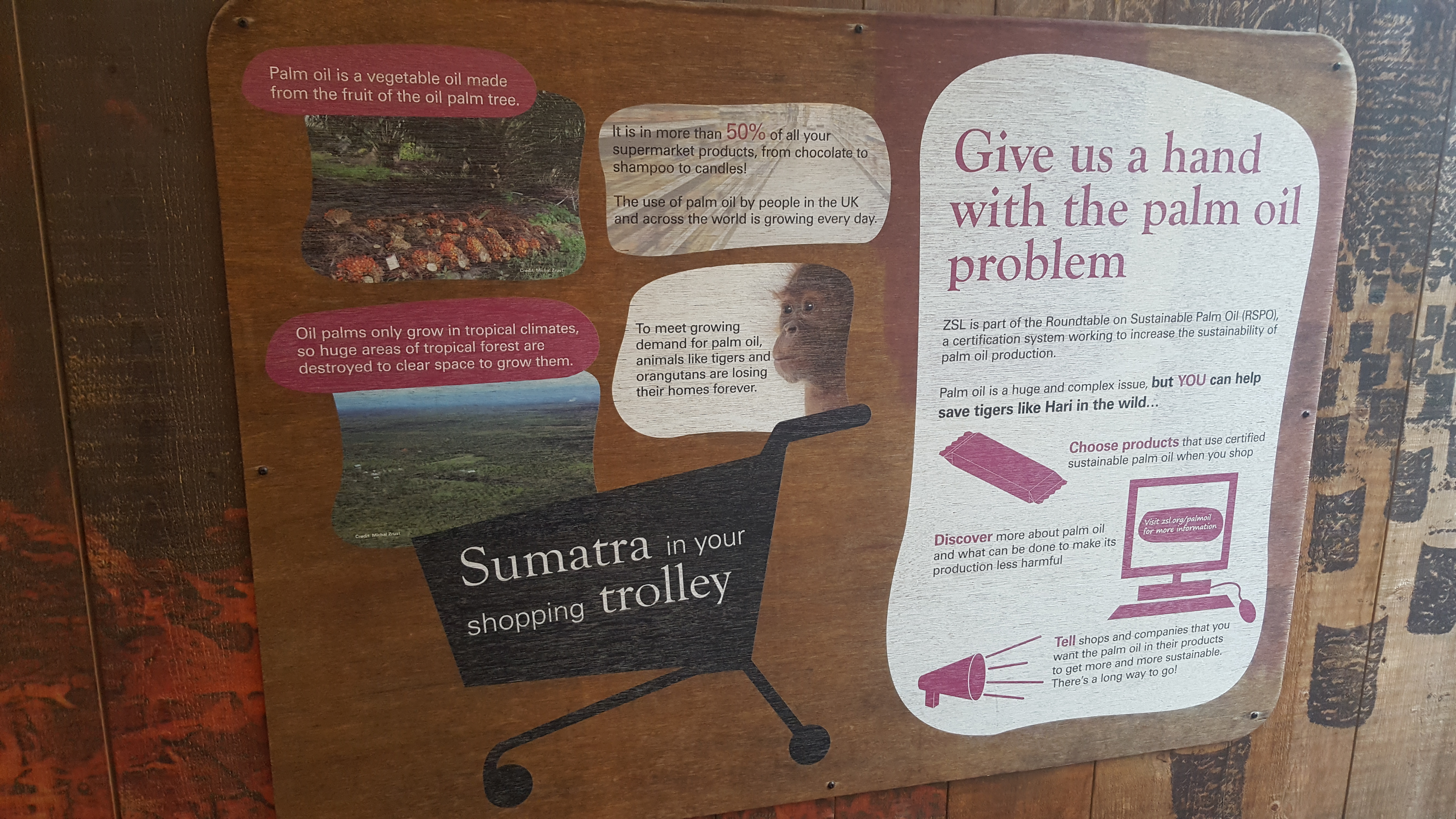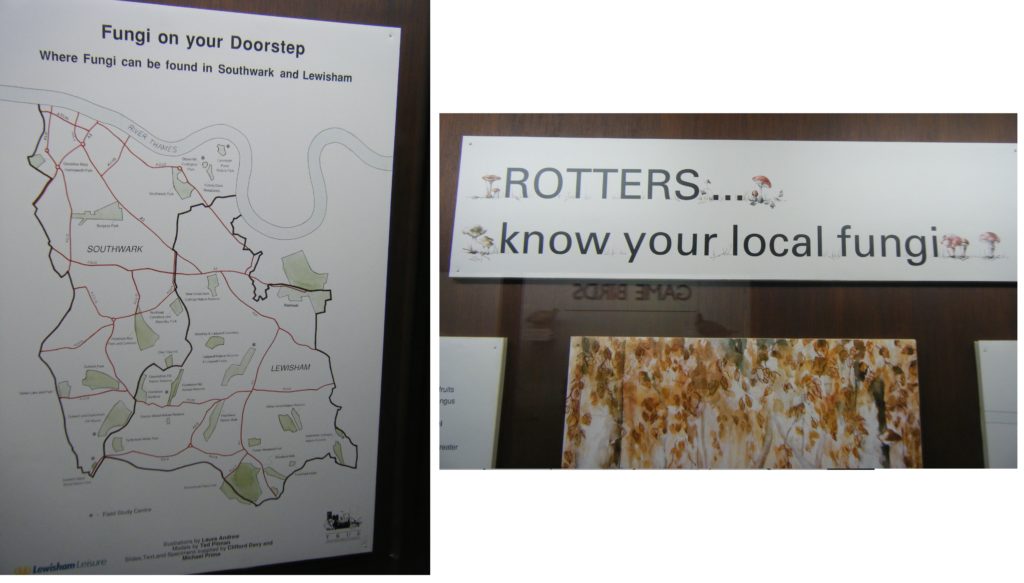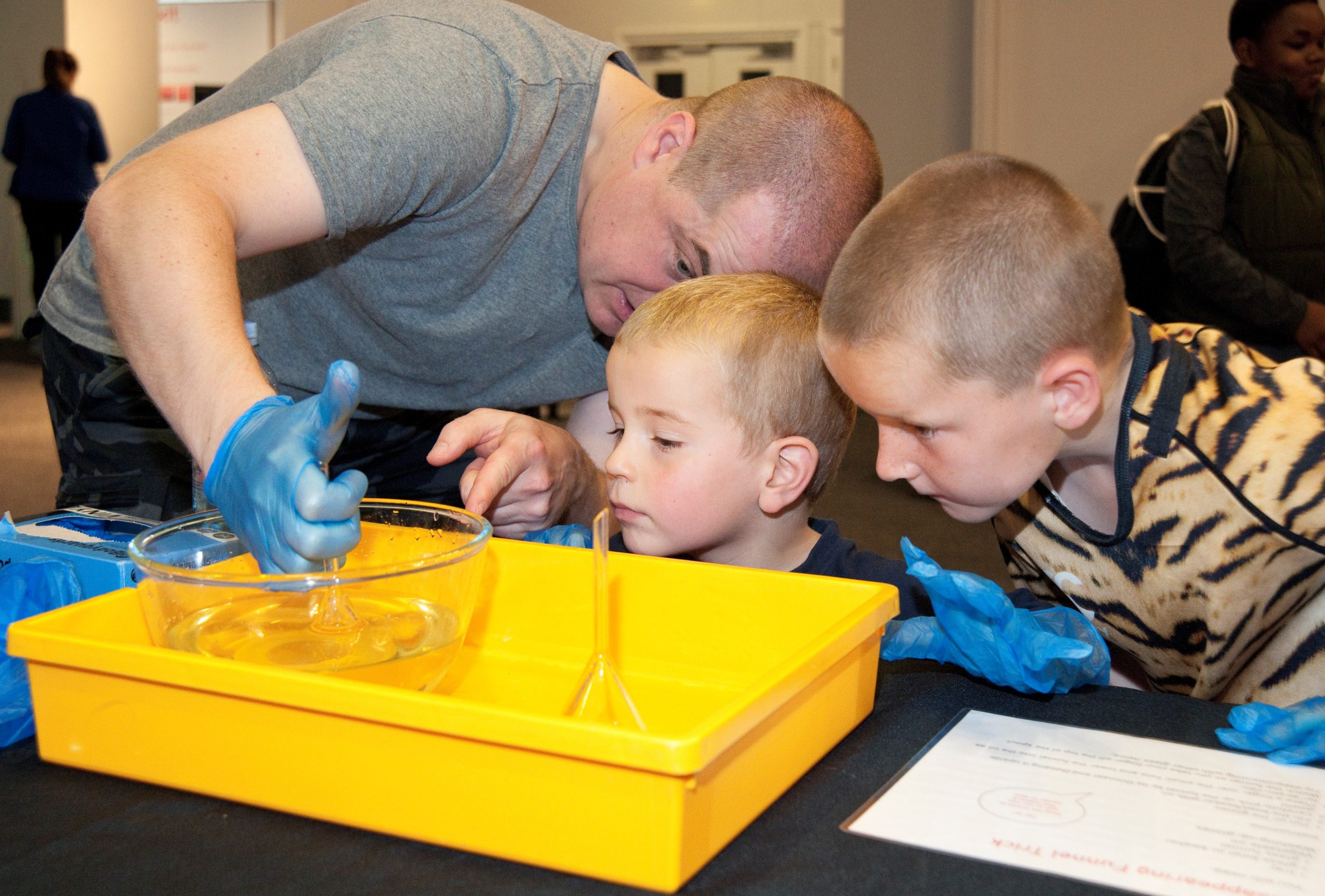One of the ways we have been working to challenge this perception has been to look at how we can extend the experiences we offer beyond our museum – to help our visitors to continue to engage with STEM after their visit. By giving visitors activities that encourage them to think, do and talk about science at home or in school which has been inspired by their visit, we hope that it will help them to see the connection and relevance of STEM in their everyday lives.
Resources
One approach we are using is to include extension ideas in our new hands-on activities. Each activity includes a ‘Science in your world’ section, which makes links between the science principles at work in the activity and their real world applications, and ‘Museum links’ which suggests ways to extend the activity during a visit to the Science Museum.
For example, Ear Gongs, an activity about sound, includes information about stethoscopes, something we may all encounter on a trip to the doctors, and encourages people to try making a basic one themselves. The ‘Museum links’ provide ideas of objects, such as Alexander Graham Bell’s telephone, and areas of the museum to visit to see real world applications of the science principles explored in the activity.
Mystery Boxes
We have also been encouraging the teachers who attend our CPD training courses to include extension activities in their lessons. For example, we hold a discussion with teachers about how we could extend one of our most popular classroom resources, Mystery Boxes, into other classroom lessons and beyond school. Mystery Boxes is an activity about how science works and helps students to recognise the skills that are useful in science.

Some of the great suggestions from teachers have included leaving the Mystery Boxes out during a science café or family evenings so that students can share the activity with their families, and asking students to create their own version of the resource, which can then be used in other classes.
Examples from our friends
We have also found some great examples of extension activities from other organisations. For example, ZSL London Zoo’s display board about the difficulties involved in palm oil production, includes ideas for how visitors can help. It highlights the science in our shopping trolleys and gives visitors a role in shaping scientific developments. Maybe on their next shopping trip, visitors might remember this and think twice about their purchases.

Another example was found at the Horniman Museum and Gardens where they have some great resources encouraging visitors to explore fungi in their local area.

There are plenty of ideas and little changes that we can all make to our practice to include extension ideas for our visitors. For example, inviting visitors to try an experiment at home, encouraging them to share something about their visit with their friends or family, sparking a discussion on social media, or simply suggesting ways to find out more. By creating opportunities for visitors to think about, talk about and recognise STEM in their everyday lives, we can increase their engagement in STEM and help normalise science.
How do you extend your experiences, in and beyond your museum?
Kate Davis, Learning Resources Coordinator (Science Museum, London)
